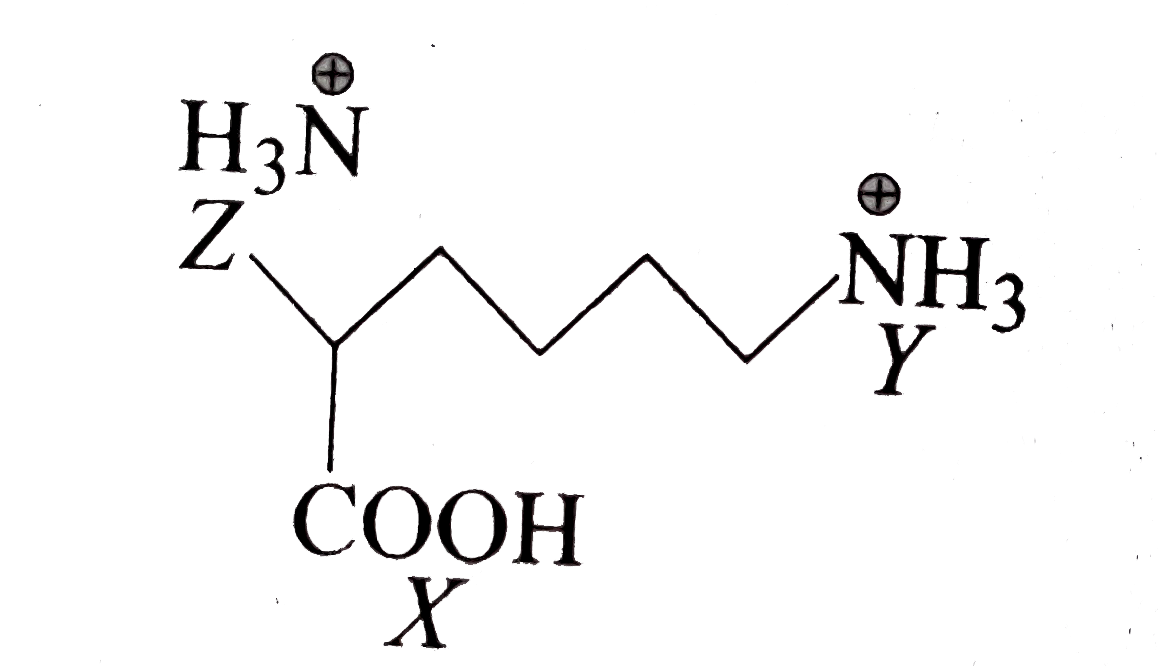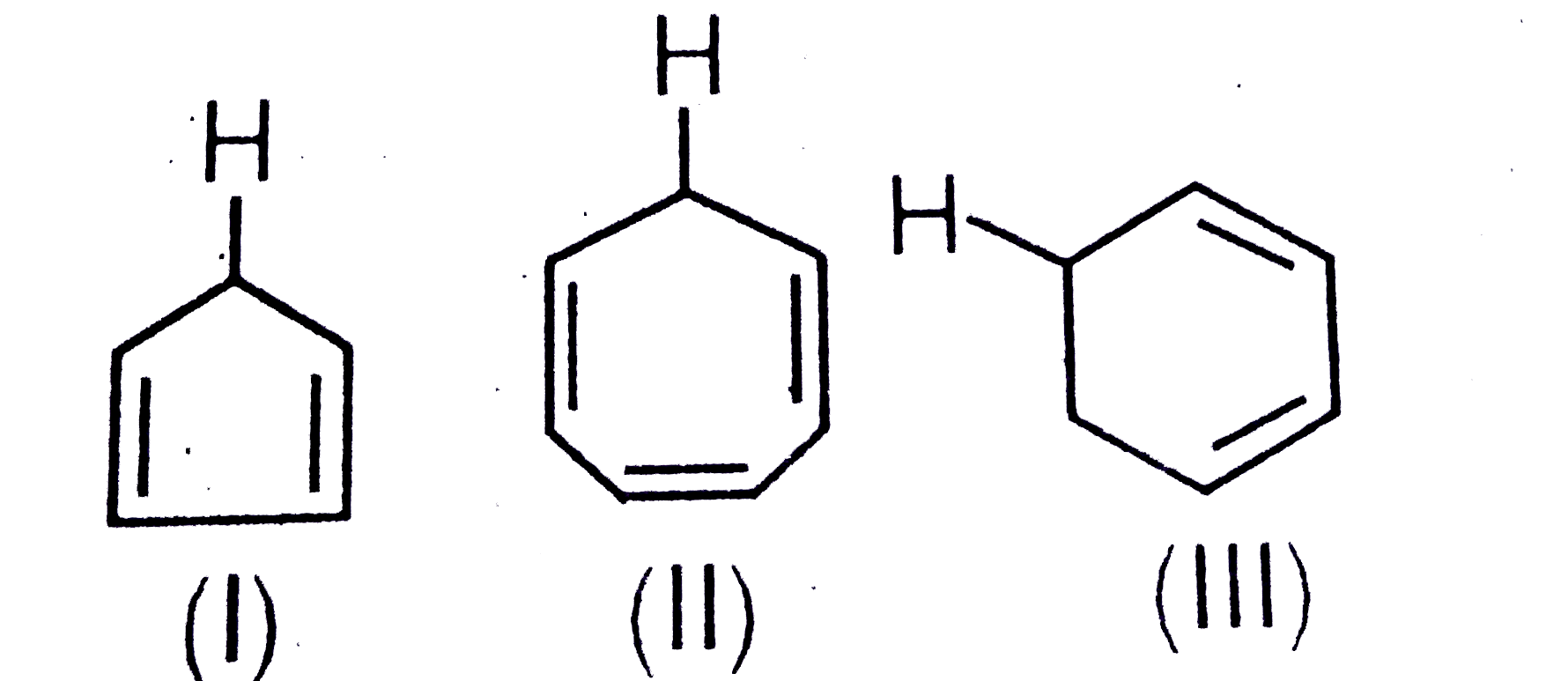Arrange o-nitro, p-nitro, m-nitró benzoic acids in increasing acid strength.
To determine the increasing acid strength of o-nitro, p-nitro, and m-nitro benzoic acids, we need to analyze the effects of the nitro group on the acidity of benzoic acid. Here’s a step-by-step breakdown of the solution:
Step 1: Draw the Structures
- o-Nitrobenzoic Acid: The nitro group (-NO2) is attached to the ortho position of the carboxylic acid (-COOH).
- m-Nitrobenzoic Acid: The nitro group is attached to the meta position of the carboxylic acid.
- p-Nitrobenzoic Acid: The nitro group is attached to the para position of the carboxylic acid.
Step 2: Understand the Effects of the Nitro Group
The nitro group is an electron-withdrawing group and has two significant effects:
- -I Effect (Inductive Effect): This effect pulls electron density away through sigma bonds.
- -M Effect (Mesomeric Effect): This effect involves resonance, where the nitro group can stabilize the negative charge on the carboxylate ion after deprotonation.
Step 3: Analyze Each Compound
1. o-Nitrobenzoic Acid:
- The nitro group is in the ortho position, which allows it to exert both -I and -M effects effectively.
- The proximity of the nitro group to the carboxylic acid enhances its acidity by stabilizing the carboxylate ion formed after deprotonation.
- Additionally, it causes a decrease in resonance stabilization of the carboxylate ion, which further increases acidity.
2. p-Nitrobenzoic Acid:
- The nitro group is in the para position, which allows it to exert both -I and -M effects.
- However, the resonance effect is more effective than in the ortho position because the nitro group can stabilize the carboxylate ion through resonance without the steric hindrance present in the ortho position.
- This makes it quite acidic, but slightly less than o-nitrobenzoic acid due to the lack of the ortho effect.
3. m-Nitrobenzoic Acid:
- The nitro group is in the meta position, where it can only exert the -I effect.
- The -M effect is not applicable here, which means it does not stabilize the carboxylate ion through resonance.
- As a result, this compound is the least acidic among the three.
Step 4: Arrange in Order of Increasing Acid Strength
Based on the analysis:
- Least Acidic: m-Nitrobenzoic Acid
- Moderately Acidic: p-Nitrobenzoic Acid
- Most Acidic: o-Nitrobenzoic Acid
Final Order
Thus, the order of increasing acid strength is:
m-Nitrobenzoic Acid < p-Nitrobenzoic Acid < o-Nitrobenzoic Acid
---
- o-Nitrobenzoic Acid: The nitro group (-NO2) is attached to the ortho position of the carboxylic acid (-COOH).
- m-Nitrobenzoic Acid: The nitro group is attached to the meta position of the carboxylic acid.
- p-Nitrobenzoic Acid: The nitro group is attached to the para position of the carboxylic acid.
The nitro group is an electron-withdrawing group and has two significant effects:
- -I Effect (Inductive Effect): This effect pulls electron density away through sigma bonds.
- -M Effect (Mesomeric Effect): This effect involves resonance, where the nitro group can stabilize the negative charge on the carboxylate ion after deprotonation.
1. o-Nitrobenzoic Acid:
- The nitro group is in the ortho position, which allows it to exert both -I and -M effects effectively.
- The proximity of the nitro group to the carboxylic acid enhances its acidity by stabilizing the carboxylate ion formed after deprotonation.
- Additionally, it causes a decrease in resonance stabilization of the carboxylate ion, which further increases acidity.
- The nitro group is in the para position, which allows it to exert both -I and -M effects.
- However, the resonance effect is more effective than in the ortho position because the nitro group can stabilize the carboxylate ion through resonance without the steric hindrance present in the ortho position.
- This makes it quite acidic, but slightly less than o-nitrobenzoic acid due to the lack of the ortho effect.
- The nitro group is in the meta position, where it can only exert the -I effect.
- The -M effect is not applicable here, which means it does not stabilize the carboxylate ion through resonance.
- As a result, this compound is the least acidic among the three.
Based on the analysis:
- Least Acidic: m-Nitrobenzoic Acid
- Moderately Acidic: p-Nitrobenzoic Acid
- Most Acidic: o-Nitrobenzoic Acid
Thus, the order of increasing acid strength is:
m-Nitrobenzoic Acid < p-Nitrobenzoic Acid < o-Nitrobenzoic Acid
Similar Questions
Knowledge Check
- Question 1 - Select One
The correct order of increasing acidic strength is
APhenol<Ethanol<Chloroacetic acid< Acetic acidBEthanol<Phenol<Chloroacetic acid< Acetic acidCEthanol<Phenol<Acetic acid< Chloroacetic acidDChloroacetic acid<Acetic acid< Phenol < Ethanol - Question 2 - Select One
The correct order of increasing acidic strength is …..
APhenol<Ethanol<Chloroacetic acid< Acetic acidBEthanol<Phenol<Chloroacetic acid< Acetic acidCEthanol<Phenol<Acetic acid< Chloroacetic acidDChloroacetic acid<Acetic acid< Phenol < Ethanol - Question 3 - Select One
The correct order of increasing acidic strength is …..
APhenol<Ethanol<Chloroacetic acid< Acetic acidBEthanol<Phenol<Chloroacetic acid< Acetic acidCEthanol<Phenol<Acetic acid< Chloroacetic acidDChloroacetic acid<Acetic acid< Phenol < Ethanol
Arrange in the order of increasing acidic strengths.
 View Solution
View SolutionArrange the hydrogen halides in increasing order of acid strengths.
View SolutionThe correct order of increasing acidic strength is
View SolutionThe correct order of increasing acidic strength is
View SolutionArrange the given species in the increasing acidic strength:

(a)I I < I < I V < I I I
(b) I V < I I I < I < I I
(c) I I < I < I I I < I V
(d) I I I < I V < I I < IView Solution



_CHE_E06_190_Q01.png)